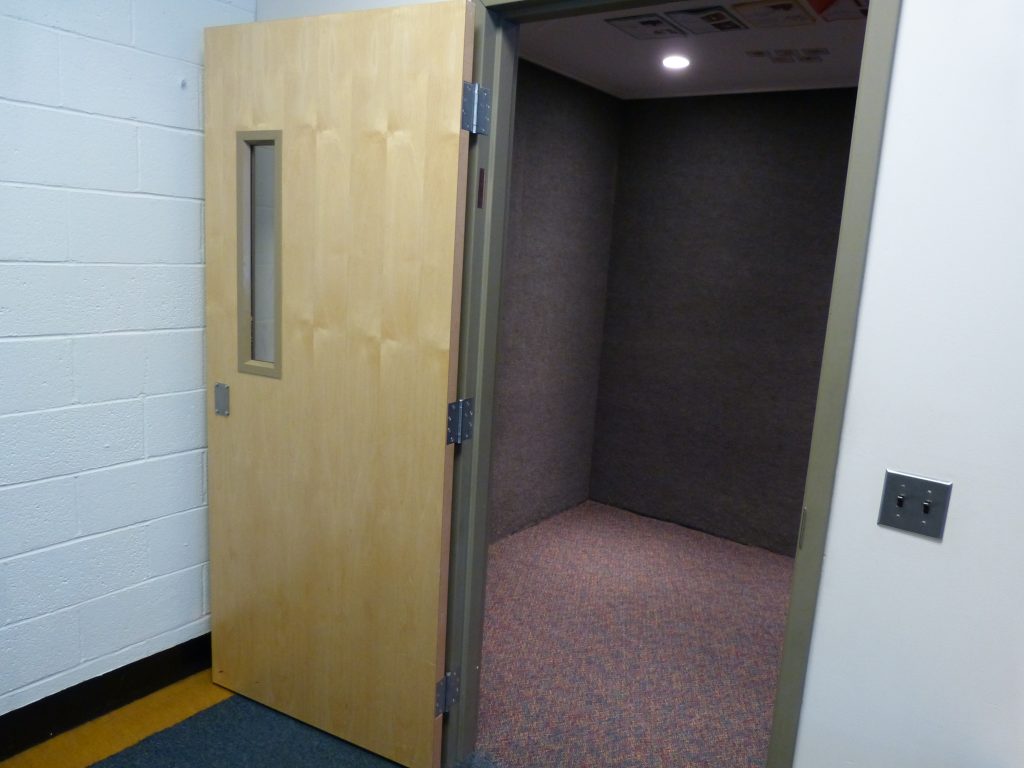If physical restraints and seclusion are only used in emergencies, then why are so many Maine students in emergency so much of the time?
That’s the question now before the Mills administration and the Legislature after the most recent report on the use of emergency interventions in Maine schools.
The report, from Disability Rights Maine, shows that the use of restraints and seclusion on students has increased 60 percent in four years. Some of that increase may be attributed to an increase in reporting of such instances following the implementation of new rules in 2012.
But it is also a clear sign that schools either do not have the will or the resources to deal with students prone to challenging behavior.
The report estimates there were roughly 20,000 instances of emergency intervention in Maine schools in 2018, at least four and as many as 11 times more than the national average. Nearly 80 percent of interventions are done on students with disabilities.
In fact, the bulk are concentrated on a relatively small number of students — in 2016 in Maine, there were more than 13,000 instances of seclusion or restraint, but only against 1,800 students. The report cites a 7-year-old who was restrained 34 times in 42 days, as well as an 11-year-old who was restrained 91 times in a school year for a total of 25 hours — the equivalent of a full school week.
Physical restraints often involve a “bear hug” or forcing a child to lay on the floor. In legislative testimony, one mother recalled her 70-pound 12-year-old daughter being restrained on the floor by three adults.
With seclusion, students are place involuntarily in a safe room. It can be traumatic, as detailed recently by a mom whose two sons were both put in a seclusion room at a school in Harpswell.
Neither restraints nor seclusion are helpful — there are no therapeutic benefits to either, and no evidence they are effective in reducing the occurrence of the behaviors that made them necessary in the first place. What’s more, they can traumatize students and injure staff.
Thus, emergency interventions are only good at ending an imminent threat to serious injury when all else has failed. And if a child has gotten to that point, that means the school has failed.
The rules instituted in 2012, known as Chapter 33, recognized that. They said emergency interventions should only be used in emergencies. They included notification and reporting requirements designed to hold schools accountable, and to encourage them to use de-escalation techniques to keep student behaviors manageable.
The rules haven’t worked. The number of emergency interventions has gone up each year since 2012, and Maine’s rate is way out of whack with the national average. Whether through a lack of manpower, training or desire, Maine schools are falling short in keeping students with disabilities from falling into emergency on a regular basis.
That’s troubling, as is the fact that some schools aren’t adhering to the reporting and notification requirements in Chapter 33.
The report suggests restraints be used only in emergencies, and not on some students at all. It suggests banning seclusion altogether.
It also recommends that the state increase its oversight over the use of restraints and seclusion, using its funding power to make sure schools are following the rules.
If schools need help, they should get it. If they are resistant to change, the state should use every tool available to push them in the right direction.
The report shows that such action is necessary. For too many Maine students, school is an ongoing emergency.
Send questions/comments to the editors.


